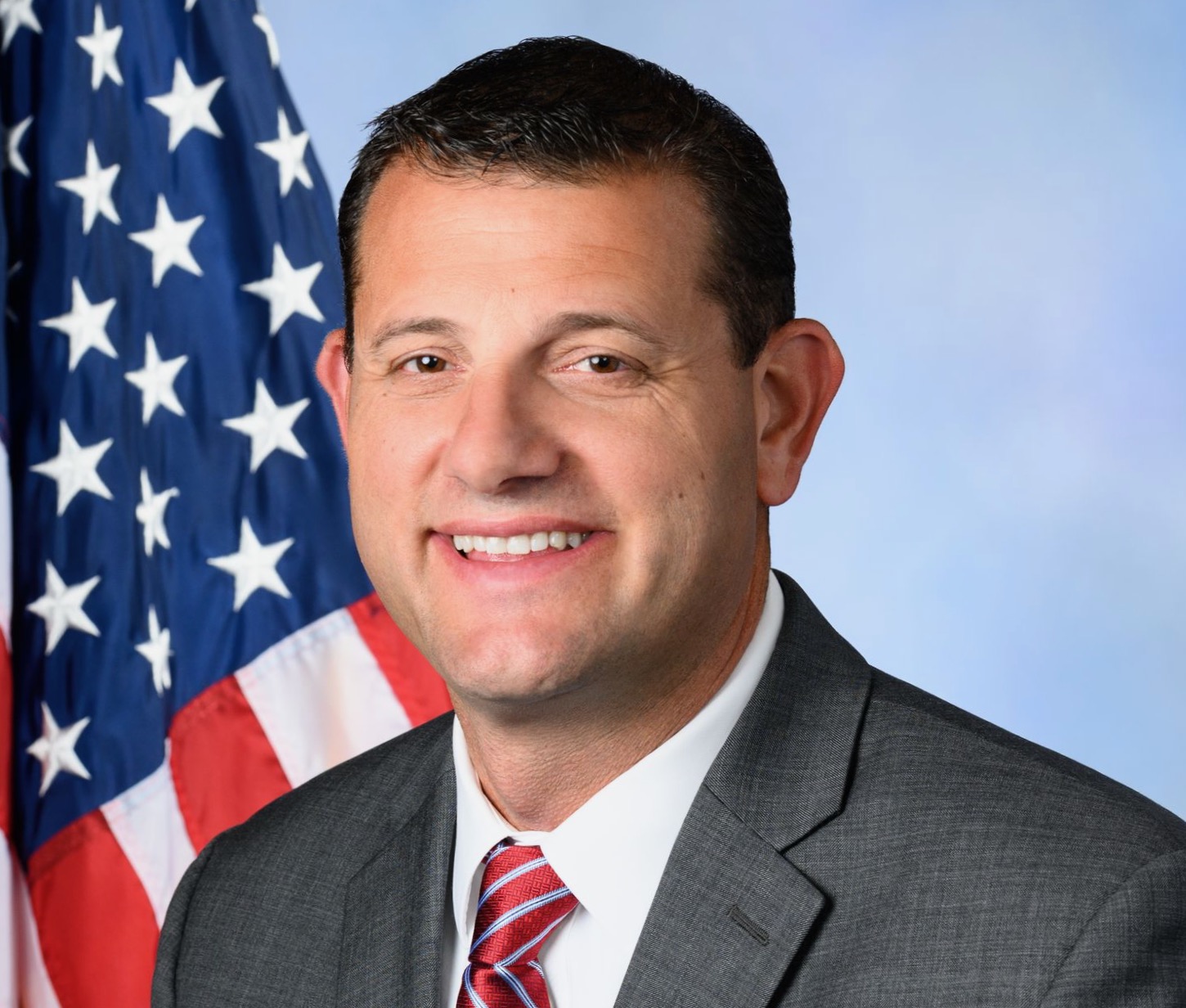Congressman Valadao and Others: Turn Pumps on, Capture Storm Water
Congressman David G. Valadao Leads Letter to President Biden and Governor Newsom Requesting Fed and State Emergency Declarations for Recent Storms
This week, Congressman David G. Valadao, House Republican Leader Kevin McCarthy, Congressman Ken Calvert, Congressman Mike Garcia, Congressman Darrell Issa, Congresswoman Young Kim, Congressman Doug LaMalfa, Congressman Tom McClintock, Congressman Devin Nunes, and Congresswoman Michelle Steel sent a letter to President Biden and Governor Newsom requesting federal and state emergency declarations related to the drought and recent storms in California to maximize pumping of stormwater and unregulated flows in the Delta. The letter states:
“The recent Category 5 Atmospheric River event drenched northern California, with rainfall totals exceeding ten inches in some areas of the state and setting single-day records in most. Moreover, atmospheric models indicate that California faces an elevated likelihood of additional atmospheric river activity in the coming weeks. The ground is now saturated from the last storm, meaning additional rain will manifest almost entirely as runoff through the Delta.
“This year’s catastrophic man-made drought has crushed California families and farms, and with supply chain disruptions further hamstringing our agricultural producers, we have a moral obligation to provide Californians any relief that is within our control. Government regulations should not and must not deny our constituents critical water from these storms. While we cannot make it rain, we must take advantage of opportunities to store water when it does.
“We urge your administrations to issue emergency declarations and direct relevant federal and state agencies to temporarily waive all impediments that limit operations of the Delta pumps to ensure none of these storm flows go to waste. Time is of the essence.”










